bark
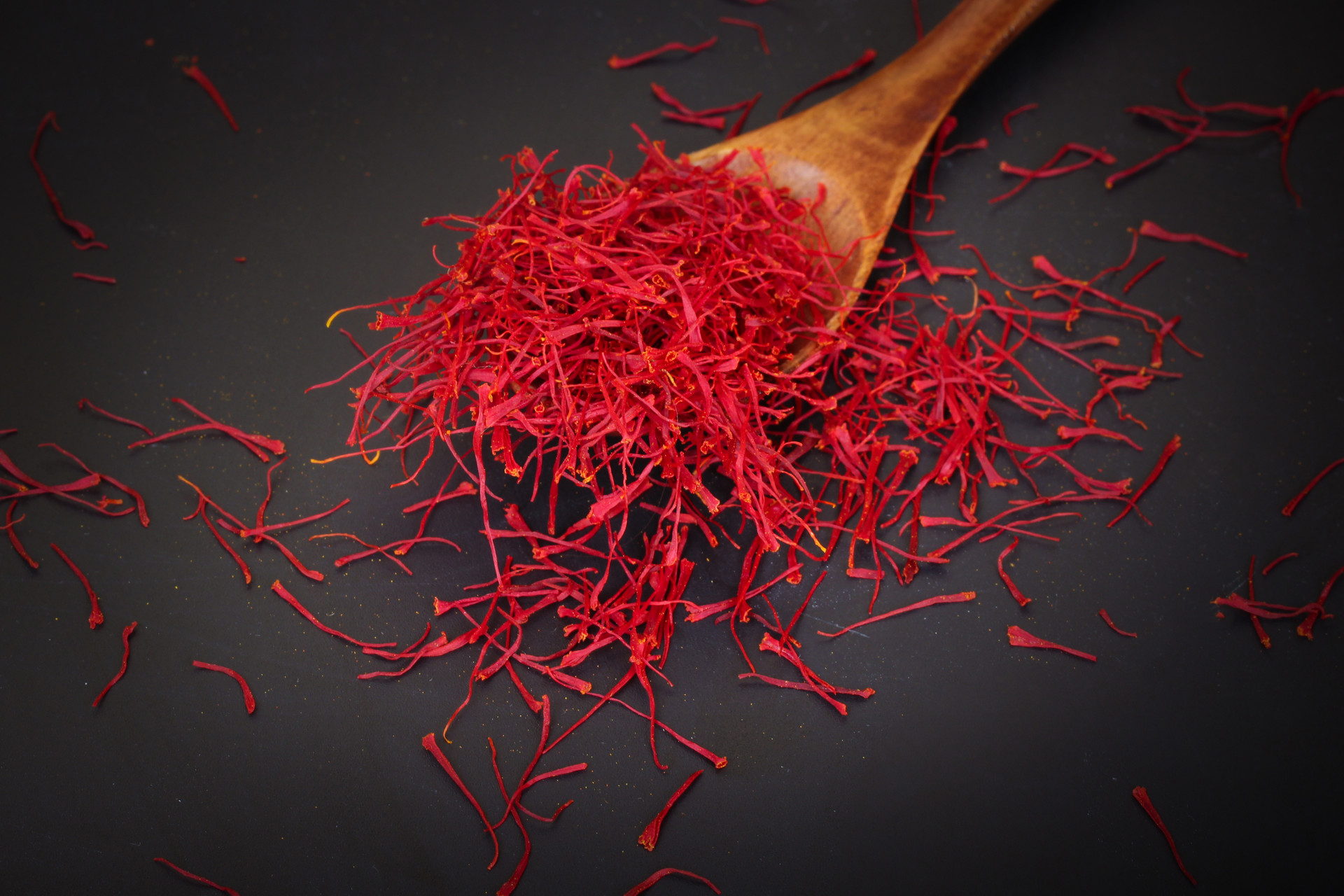
Sea Tong Skin, also known as Ding Tong Skin, Gu Tong Skin, and Ci Tong Skin, is mentioned in "Southern Plants and Trees". It is the bark of Erythrina variegata L. and Erythrina arborescens Roxb., both
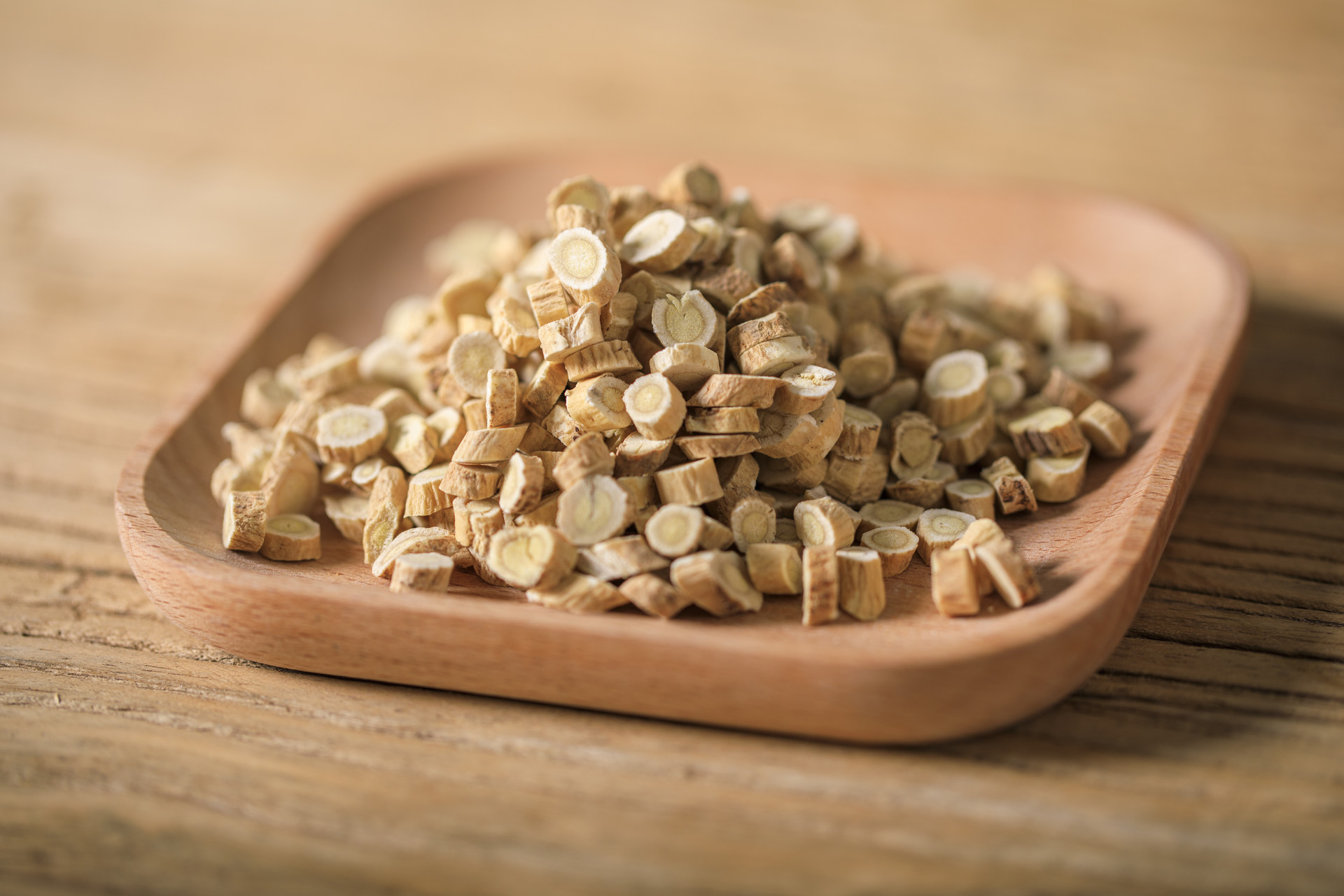
The sub-species of Magnolia officinalis, Magnolia biondii, can be used in medicine, including the bark, root bark, flowers, seeds, and buds. The bark is the most commonly used part and has sim
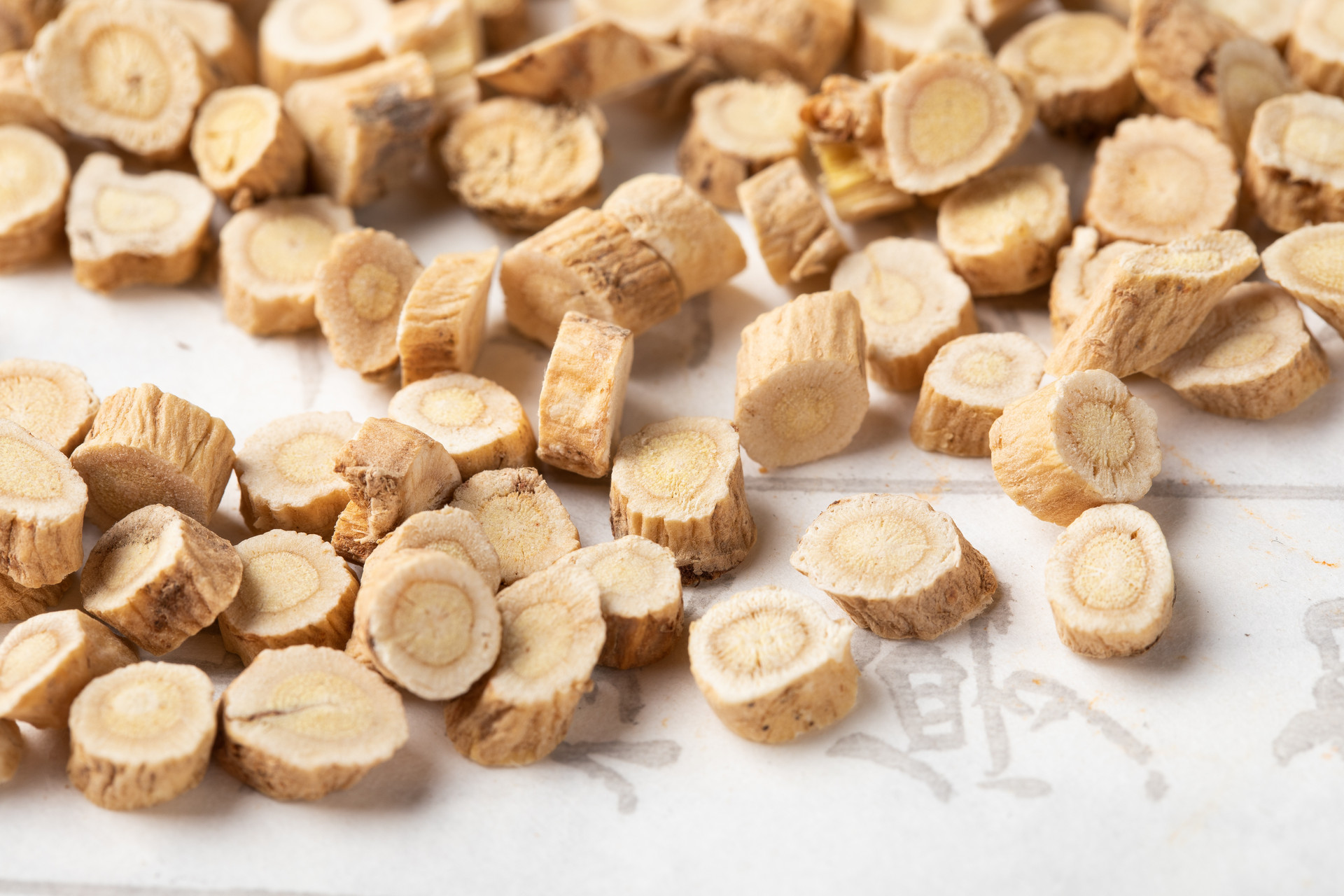
Houpo is a common and precious Chinese herbal medicine, and the main part used in medicine is the bark. The older the houpo tree, the thicker the bark, the more oily it is, and the higher the yie
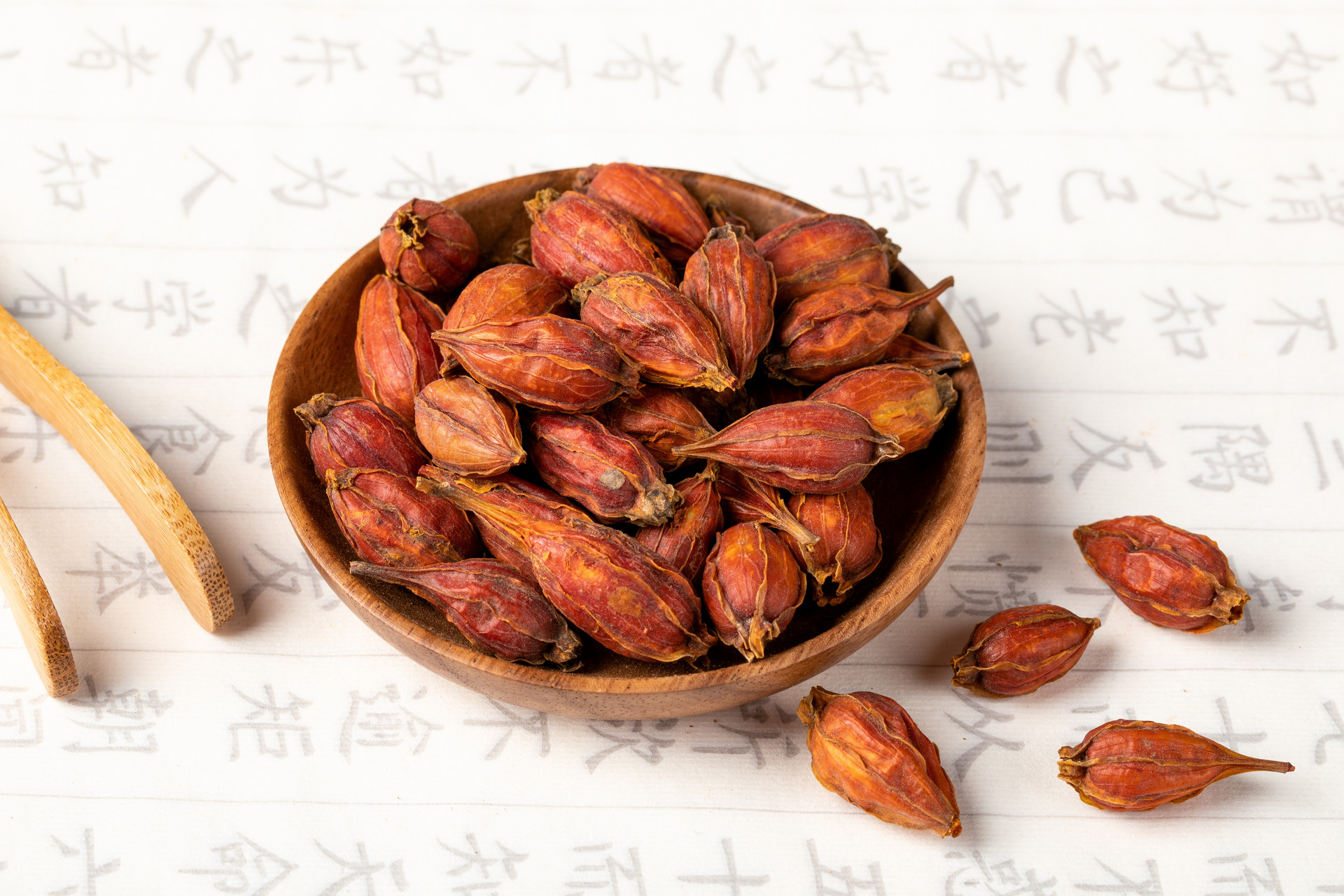
The leaves and bark of the purple oilwood belong to the same family of plants, the Anacardiaceae family. Although they are similar in many ways, their medicinal values are quite different. Let's t
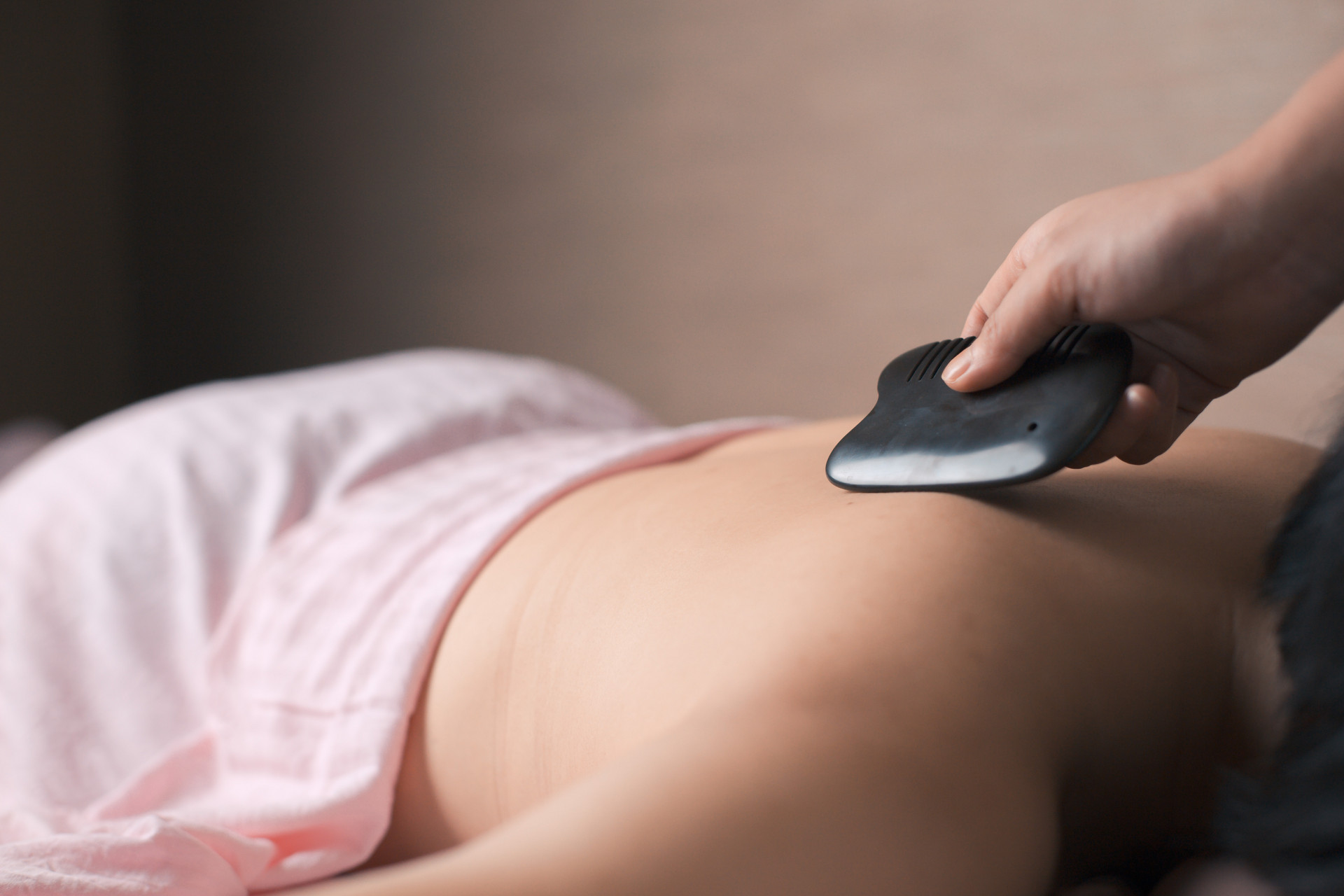
The bark of the purple oilwood is the bark of the plant Santalum album, which belongs to the family Anacardiaceae. It is a very important hemostatic Chinese medicine. After drying and grinding, it
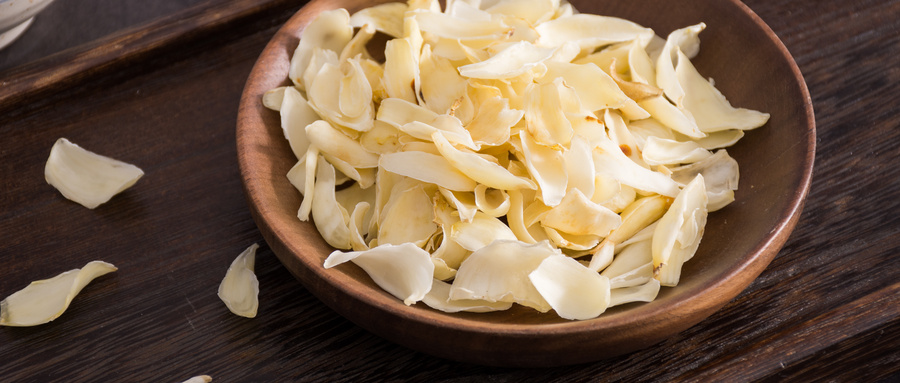
The leaves and bark of the Qingxiang tree can be used as herbal medicine. They have the effects of anti-inflammatory, detoxification, astringent, and stopping diarrhea. Whether used in decoction or as

Apricot bark is the bark of the rose family plants, apricot or mountain apricot. Wild apricot bark contains proanthocyanidins-type tannins with protease inhibitory and antiviral activity, w

Tu Jingpi, also known as Tu Jinpi, Jing tree bark, or Pseudolarix kaempferi bark, is the root bark or near-root bark of the plant Pseudolarix kaempferi Gord. It is harvested in the summer and dried.P

Duzhong, also known as Sixian, Chesipi, and Silianpi, is mentioned in the "Shennong's Materia Medica". It is the dried bark of the Eucommia ulmoides Oliv., a plant in the Eucommiaceae family. The bark
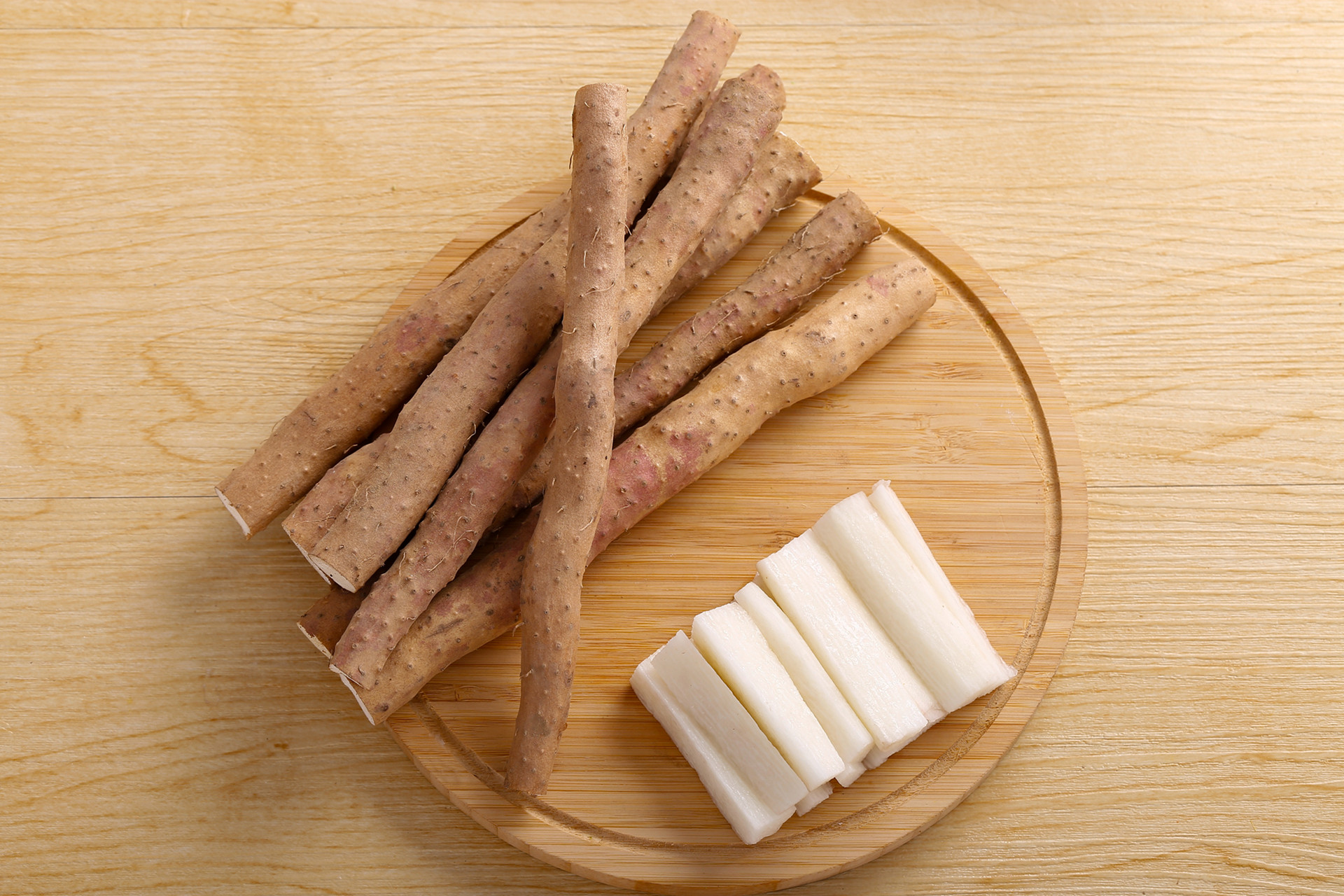
The bark of the prickly ash tree, also known as the Kalopanax septemlobus (Thunb.) Koidz., is commonly referred to as Dingtong bark, Dingpi, or Chuantong bark. It is mentioned in the book "Jiu Huang B